Belvedere Museum, Vienna, Austria | Art Museum Guide

Source: C. Stadler/Bwag, Belvedere Museum, Wikipedia, https://en.wikipedia.org/wiki/File:Wien_-_Schloss_Belvedere,_oberes_(1).JPG
Set in the cultural heart of Vienna, the Belvedere Museum is one of the most iconic and historically rich art institutions in Austria. As part of any comprehensive art museum guide, Austria, the Belvedere stands out for its blend of Baroque architecture, imperial history, and an unparalleled collection of Austrian and European masterpieces. Originally constructed as a summer residence for Prince Eugene of Savoy, the Belvedere complex is comprised of two grand palaces—Upper and Lower Belvedere—connected by breathtaking formal gardens that are as much a visual delight as the artwork inside.
The museum’s interior is a journey through centuries of creativity, featuring everything from medieval religious iconography to groundbreaking contemporary installations. Most notably, the Upper Belvedere houses an exceptional array of works by Gustav Klimt, including the world-famous The Kiss, making it a pilgrimage site for art lovers across the globe. Whether you are captivated by the elegance of classical painting or intrigued by modern conceptual works, the Belvedere offers something for every taste. This guide aims to walk you through the essential highlights, architectural features, and visitor-friendly amenities that make the Belvedere Museum a crown jewel in Austria’s cultural landscape.
Historic Baroque Architecture
As one of the most remarkable entries in any art museum guide, Austria, the Belvedere Museum owes much of its prestige to its striking Baroque architecture. Commissioned in the early 18th century by Prince Eugene of Savoy, the Belvedere was designed by Johann Lucas von Hildebrandt, one of the leading architects of the Baroque era. The complex includes two main buildings—the Upper Belvedere and the Lower Belvedere—linked by a formal garden that exemplifies the symmetry and grandeur typical of Baroque landscape design.
The Upper Belvedere, originally constructed as a venue for courtly celebrations, features ornate façades, grand staircases, richly stuccoed ceilings, and a ceremonial Marble Hall offering panoramic views of Vienna. The Lower Belvedere, once the prince’s residential quarters, includes intimate salons, a grotesque hall with elaborately painted ceilings, and the orangery, now used for special exhibitions. The overall layout reflects the ideals of order, power, and beauty, creating an immersive historical experience.
The gardens are no less impressive, showcasing fountains, mythological sculptures, and tiered terraces that echo the architectural sophistication of the buildings they connect. These gardens function not just as decorative spaces but as part of the museum experience, offering visitors a tranquil setting between exhibitions. The seamless integration of architecture, landscape, and art gives the Belvedere a timeless appeal. For those seeking historical depth and aesthetic beauty, the Baroque splendor of the Belvedere makes it an essential highlight in any art museum guide, Austria.
Home of Gustav Klimt’s Masterpieces
No art museum guide, Austria would be complete without highlighting the Belvedere Museum’s extraordinary collection of Gustav Klimt’s work. The Upper Belvedere houses the world’s largest collection of paintings by Klimt, making it a key destination for admirers of Viennese Modernism and the Vienna Secession movement. Among these is The Kiss, Klimt’s most celebrated painting, which draws thousands of visitors each year and is considered a symbol of Austrian cultural identity.
Created during Klimt’s “Golden Phase,” The Kiss is a radiant fusion of gold leaf, intricate patterns, and emotional intimacy. Displayed with careful curatorial attention, it is the crown jewel of the museum’s permanent collection. Alongside The Kiss, the museum also features other pivotal Klimt works such as Judith, Portrait of Fritza Riedler, and Adam and Eve, which together trace the artist’s evolving style and thematic concerns.
The exhibition space is designed to enhance the viewing experience, offering contextual background on Klimt’s life, his influences, and his contributions to modern art. Visitors can explore the tension between tradition and innovation that defined his career. The layout of the gallery emphasizes both visual drama and scholarly insight.
Klimt’s works at the Belvedere are more than artistic treasures; they are integral to Austria’s national identity and global reputation in the arts. For those planning a cultural itinerary through Austria, the opportunity to experience Klimt’s masterpieces in the grand setting of the Belvedere firmly secures its place in any top-tier art museum guide, Austria.
Rich Collection of Austrian Art
A cornerstone of the Belvedere’s cultural significance is its rich and diverse collection of Austrian art, making it a vital inclusion in any art museum guide, Austria. Spanning from the Middle Ages to contemporary times, the museum’s holdings offer a comprehensive narrative of Austria’s artistic legacy. The collection is thoughtfully arranged to trace stylistic evolutions, cultural movements, and individual contributions that have shaped the nation’s visual identity.
Visitors can begin with medieval panel paintings and Gothic religious works that illustrate early expressions of spirituality and craftsmanship. These are followed by Baroque masterpieces, featuring artists such as Johann Michael Rottmayr and Martino Altomonte, whose dramatic use of light and composition reflect the opulence of the era.
A significant portion of the museum is devoted to 19th and early 20th-century art, highlighting the Biedermeier period, realism, and historicism. Paintings by Ferdinand Georg Waldmüller and Hans Makart illustrate the transition into modernity. Most notably, the Belvedere celebrates the Secessionist and Expressionist movements through the works of Gustav Klimt, Egon Schiele, and Oskar Kokoschka.
The museum continues its narrative into contemporary Austrian art, showcasing modern interpretations and socially engaged works. This chronological layout not only reveals the changing aesthetics over centuries but also positions Austrian art within the broader European context. Whether one’s interest lies in classical beauty or avant-garde experimentation, the Belvedere’s vast and expertly curated collection makes it an essential feature of every art museum guide, Austria.
Extensive Gardens and Sculptures
The Belvedere’s gardens are not just a backdrop to the museum—they are an integral part of the visitor experience and an important feature in any art museum guide, Austria. Designed in the classic French formal style by Dominique Girard, a pupil of André Le Nôtre, the gardens reflect Baroque ideals of order, symmetry, and grandeur. Stretching between the Upper and Lower Belvedere, the gardens guide guests through an open-air masterpiece as visually striking as the artworks indoors.
Divided into three grand terraces, the garden is structured around axial paths lined with marble sculptures, mythological figures, and fountains. Each level ascends toward the Upper Belvedere, offering sweeping views over Vienna and enhancing the drama of arrival. At the heart of the design lies a strong sense of narrative—visitors symbolically ascend from the private world of the Lower Belvedere to the public splendor of the Upper palace.
Interspersed throughout the garden are allegorical statues representing the four elements and classical virtues, blending storytelling and symbolism in stone. Seasonal flowers, geometric hedging, and water features create an atmosphere of elegance and reflection.
Sculptures are not confined to the gardens; they also appear throughout the museum grounds and adjacent courtyards, extending the dialogue between architecture and nature. This immersive environment invites leisurely walks, quiet contemplation, and artistic discovery at every turn.
For those planning cultural travel, the garden experience at the Belvedere Museum adds a sensory and aesthetic dimension that places it firmly within any notable art museum guide, Austria.
Medieval and Renaissance Art Highlights
The Belvedere Museum holds a distinguished place in any art museum guide, Austria thanks to its impressive holdings of medieval and Renaissance art. These works are primarily displayed in the Lower Belvedere, offering a rare window into the early artistic traditions that helped shape Austria’s cultural identity. Carefully preserved and thoughtfully curated, the collection spans several centuries, highlighting sacred themes, portraiture, and craftsmanship that defined the period.
Among the standout pieces are Gothic panel paintings and altar triptychs from the 12th to 15th centuries. These works, often created by anonymous masters, illustrate biblical scenes with vivid detail and symbolic richness. Their gold-leafed backgrounds and intricate iconography showcase the spiritual function of art in medieval society.
Transitioning into the Renaissance period, visitors can explore works that reflect the shift toward naturalism and humanism. Artists like Lucas Cranach the Elder are represented with portraits and religious narratives that capture the growing influence of individual expression and technical innovation. Sculpture and decorative arts from this era also enrich the collection, offering insights into courtly aesthetics and everyday life in early modern Austria.
The galleries are designed to contextualize these works within their historical and cultural frameworks, enhancing understanding and appreciation. The lighting, layout, and interpretive materials all support a deep engagement with the material.
For art historians, students, and culturally curious travelers, the Belvedere’s medieval and Renaissance highlights form a foundational segment of its offerings—making it an essential stop in any detailed art museum guide, Austria.
Contemporary Art in Belvedere 21
Belvedere 21 extends the museum’s reach into the dynamic realm of contemporary art, making it a forward-thinking component of any art museum guide, Austria. Originally built as the Austrian Pavilion for the 1958 World Expo in Brussels, this striking modernist building by architect Karl Schwanzer now houses the museum’s contemporary branch. Located just a short walk from the main Belvedere complex, it offers a bold contrast to the Baroque splendor of the Upper and Lower Belvedere.
Inside, the space is dedicated to post-World War II art, with a focus on Austrian and international artists who challenge conventional forms and narratives. The exhibitions rotate regularly and encompass a range of media—painting, sculpture, photography, video installations, and performance art. Artists such as Maria Lassnig, VALIE EXPORT, and Erwin Wurm are frequently featured, representing Austria’s continuing impact on global contemporary art.
The layout of Belvedere 21 encourages exploration and experimentation. Open galleries and natural lighting allow for immersive encounters with artworks, while dedicated spaces for talks, film screenings, and workshops foster community engagement.
Outside, a sculpture garden enhances the experience, blending contemporary forms with natural surroundings. The museum also includes a reading lounge and a café, encouraging longer, reflective visits.
Belvedere 21 is more than an exhibition space—it’s a cultural platform that speaks to the present and future of art. Its presence ensures that the Belvedere remains not only a guardian of the past but also a vibrant participant in the evolving art world, securing its place in every major art museum guide, Austria.
Napoleon’s Stay in the Belvedere
One of the more intriguing chapters in the Belvedere Museum’s long history is its brief but significant association with Napoleon Bonaparte. In 1805, during the War of the Third Coalition, Napoleon stayed at the Upper Belvedere following his army’s successful entry into Vienna. This historic moment connects the museum not only with art and architecture but also with the broader political and military narrative of Europe. For those assembling a comprehensive art museum guide, Austria, Napoleon’s presence at the Belvedere adds a compelling layer of historical depth.
Napoleon’s occupation of the palace was brief but symbolically powerful. At the time, the Belvedere was a residence and part of the Habsburg court’s extended properties. Napoleon's stay demonstrated the shifting balance of European power and brought a moment of great military tension into the refined surroundings of the Baroque estate. Though the palace suffered no damage, the presence of French troops marked a moment of vulnerability for the Austrian Empire.
Today, this episode is referenced in museum materials and historical documentation available to visitors. The Marble Hall, one of the palace's most architecturally celebrated rooms, is often cited as part of Napoleon’s temporary quarters. This connection allows visitors to reflect not only on the beauty of the art collections but also on the dramatic events that once unfolded within these walls.
For history enthusiasts and culturally curious travelers alike, Napoleon’s connection to the Belvedere is a notable inclusion in any thoughtful art museum guide, Austria.
Austrian State Treaty Signing Site
A defining moment in modern Austrian history occurred within the walls of the Upper Belvedere, securing its place in every major art museum guide, Austria. On May 15, 1955, the Austrian State Treaty was signed in the palace’s Marble Hall, officially restoring Austria’s sovereignty after a decade of post-World War II occupation. This historic event ended Allied control and reestablished Austria as an independent and neutral nation.
The treaty was signed by representatives of the Allied powers—France, the United Kingdom, the Soviet Union, and the United States—as well as Austrian Foreign Minister Leopold Figl. The choice of the Belvedere, with its imperial grandeur and central location in Vienna, symbolized a return to national dignity and cultural pride. A famous photograph captures Figl joyfully holding up the signed document on the palace’s balcony, a moment that continues to resonate in Austrian national memory.
Visitors to the Belvedere can view the Marble Hall, where the treaty was signed, and appreciate the historical significance of this space beyond its architectural beauty. Informational displays and archival materials provide context for the event and its impact on Austria’s postwar identity.
This dual role of the Belvedere—as both a cultural institution and a site of political importance—makes it a standout entry in any comprehensive art museum guide, Austria. It not only houses priceless works of art but also bears witness to pivotal moments that have shaped the nation’s course in the 20th century.
Inclusive Accessibility Features
A vital component of the Belvedere Museum’s commitment to public engagement is its comprehensive approach to accessibility. As one of the most important cultural destinations featured in any art museum guide, Austria, the museum prioritizes creating an inclusive environment for all visitors, regardless of physical ability or special needs. Both the Upper and Lower Belvedere buildings, as well as Belvedere 21, are equipped with thoughtfully designed features that ensure a smooth and enjoyable visit.
Accessible entrances and elevators provide barrier-free access to all exhibition levels. Wheelchair users can navigate comfortably through wide galleries, smooth flooring, and designated seating areas. The museum also provides free wheelchair rentals at the main entrances upon request, as well as accessible restroom facilities throughout the premises.
For visitors with visual or auditory impairments, the Belvedere offers tactile guides, descriptive audio tours, and sign-language interpreted programs on select days. Guided tours can also be arranged to cater to specific needs, including tailored experiences for visitors with cognitive disabilities or limited mobility.
Staff members are trained in accessibility support and are readily available to assist. In addition, the museum’s website offers detailed information about accessible routes, services, and downloadable guides in multiple languages.
By addressing a broad spectrum of needs with empathy and practical solutions, the Belvedere ensures that art remains a shared experience. This level of inclusivity enhances its standing as a cultural landmark and reinforces its place as a leading example in any thoughtfully curated art museum guide, Austria.
Café and Museum Shops
Complementing its world-class art collections, the Belvedere Museum offers inviting cafés and well-curated museum shops that enhance the overall visitor experience. For travelers consulting a comprehensive art museum guide, Austria, these amenities add comfort, cultural engagement, and memorable takeaways to a day at the museum.
Each location within the Belvedere complex—Upper Belvedere, Lower Belvedere, and Belvedere 21—features a café where guests can relax between exhibitions. These spaces are more than simple refreshment stops; they offer an ambient setting with views of Baroque architecture or garden landscapes. Visitors can enjoy classic Viennese pastries, seasonal dishes, and freshly brewed coffee in a calm, art-inspired atmosphere.
The museum shops are equally worth exploring. Carefully curated selections include exhibition catalogs, art prints, stationery, books on Austrian art history, and handmade crafts. Exclusive items related to Gustav Klimt and other featured artists make for unique souvenirs or thoughtful gifts. The shops cater to all age groups, with a range of educational toys, puzzles, and art kits designed for younger visitors.
In addition, seasonal merchandise and locally produced goods reflect the themes of current exhibitions, allowing guests to take a tangible piece of their cultural journey home with them. Gift wrapping and international shipping are also available, making shopping at the Belvedere both convenient and memorable.
Whether you’re pausing for a relaxing lunch or searching for a meaningful keepsake, the Belvedere’s cafés and shops provide value beyond the galleries, securing their place in any well-rounded art museum guide, Austria.
Conclusion
The Belvedere Museum stands as a landmark of cultural, historical, and artistic significance in Vienna. With its Baroque architecture, vast collections of Austrian and international art, and deep historical connections—from Napoleon’s presence to the signing of the Austrian State Treaty—it offers a multifaceted experience for every visitor. Whether enjoying Gustav Klimt’s iconic works, strolling through sculpted gardens, or exploring contemporary installations at Belvedere 21, the museum delivers both inspiration and insight. For travelers compiling an art museum guide, Austria, the Belvedere remains an essential destination that celebrates the nation’s artistic legacy and evolving cultural narrative.
Let Us Know What You Think!
Every information you read here are written and curated by Kreafolk's team, carefully pieced together with our creative community in mind. Did you enjoy our contents? Leave a comment below and share your thoughts. Cheers to more creative articles and inspirations!


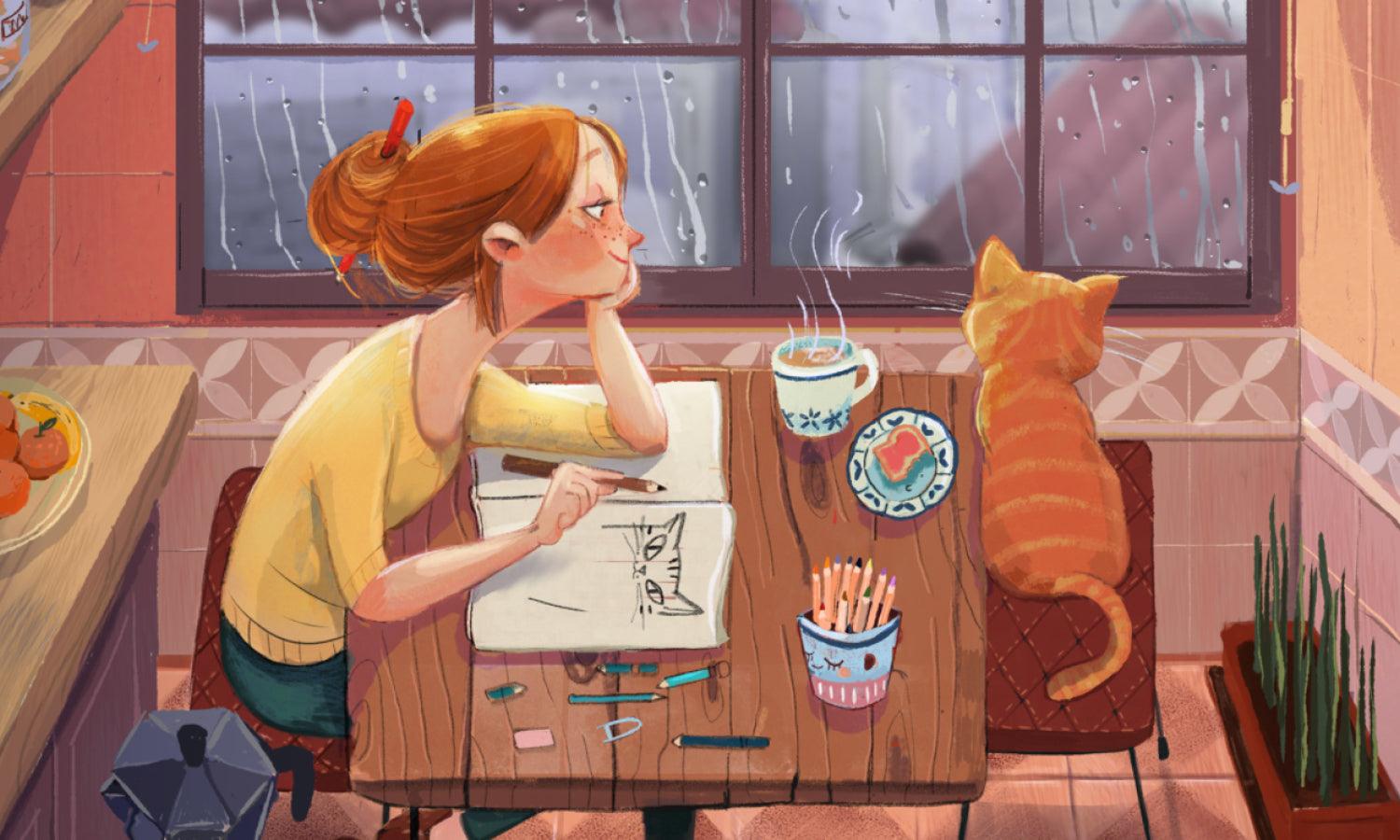
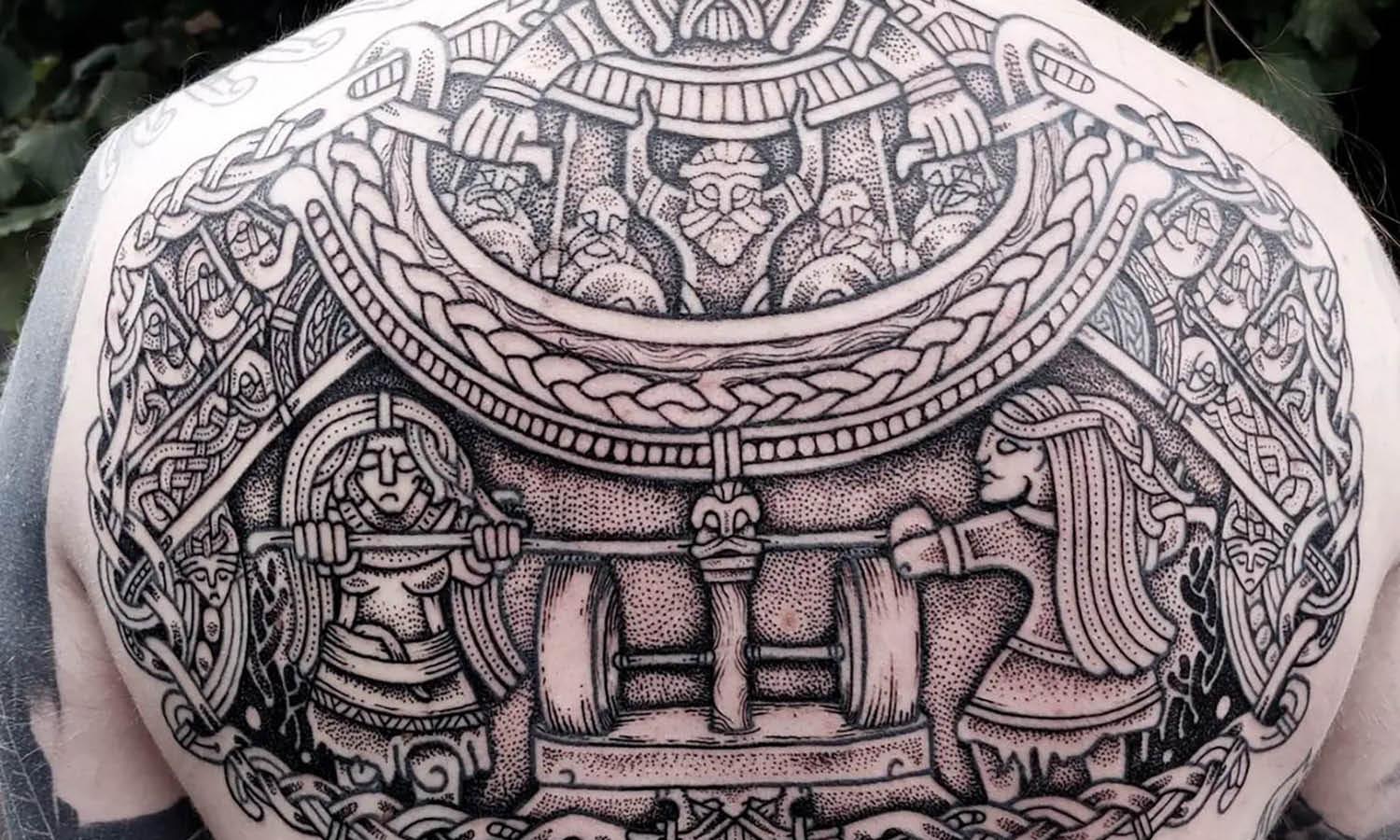
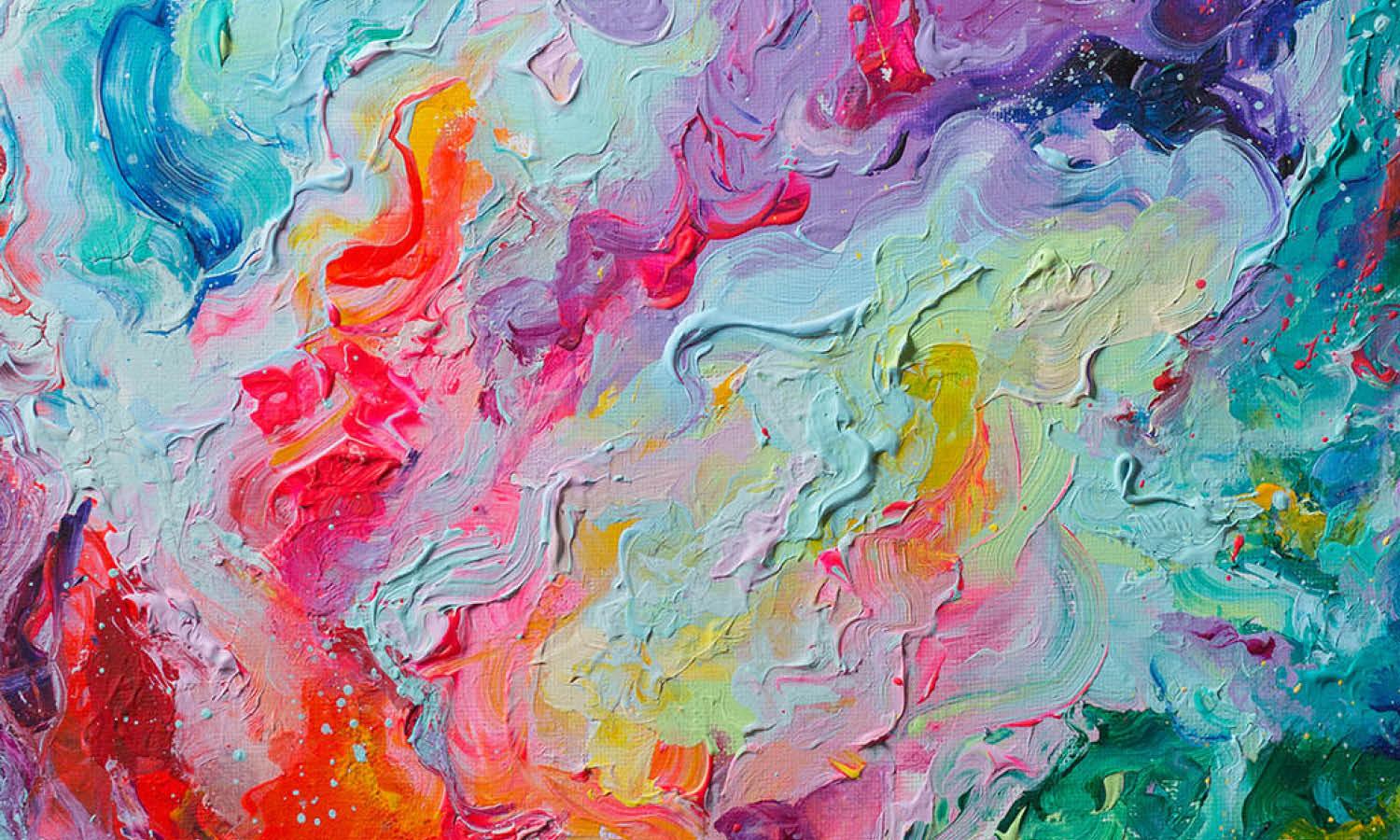
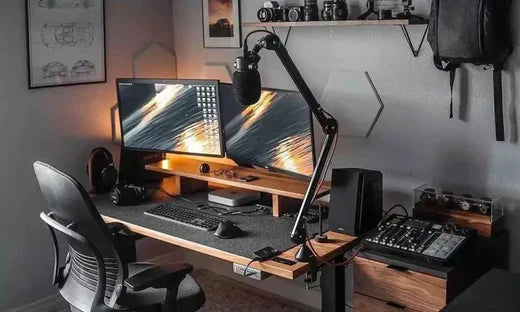


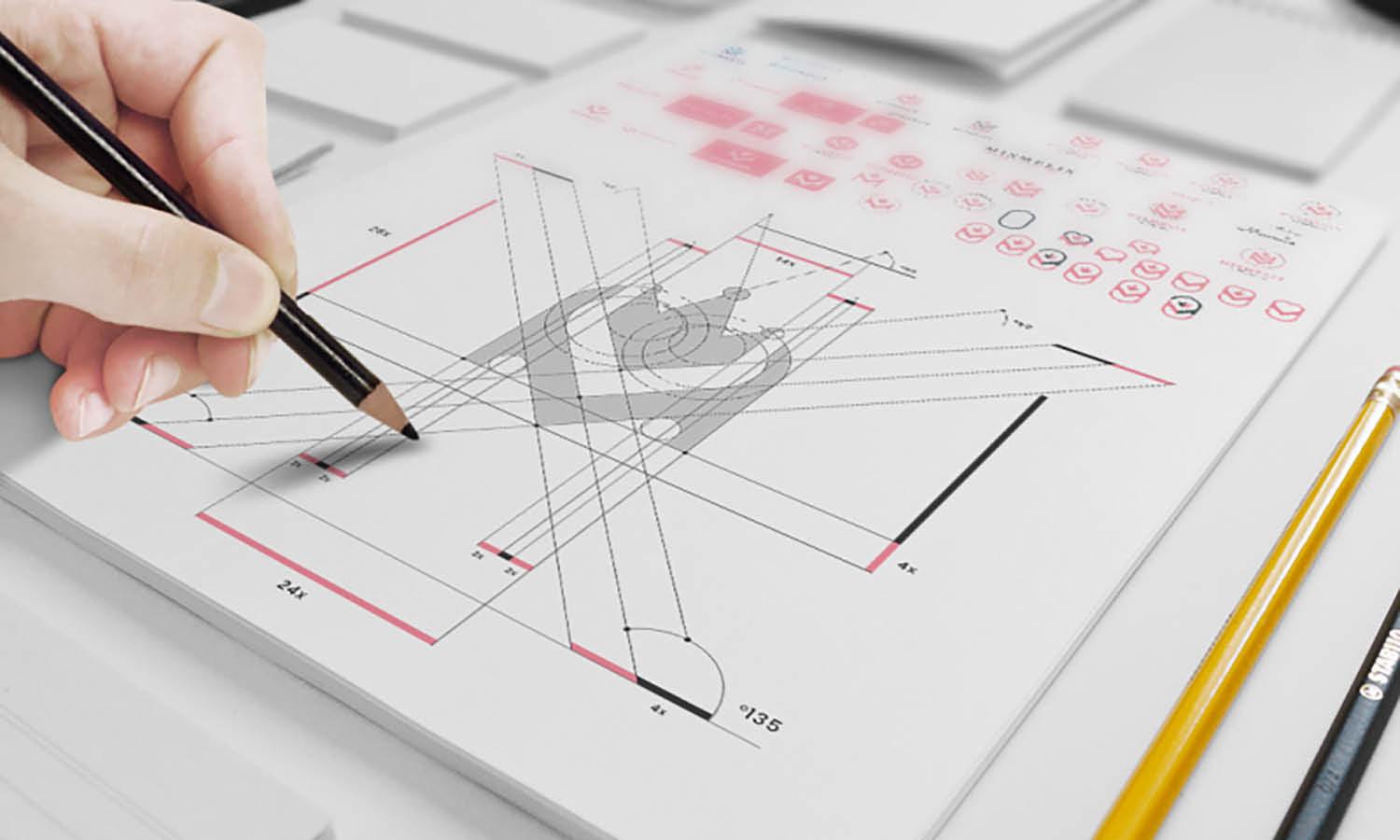







Leave a Comment